The sperm whale may be one of the most successful animals in the ocean, boasting a global distribution that survived the toll of the 20th century, when whaling factory fleets took three million great whales from the seas. Now a newly identified population in the Indian Ocean is attracting the attention of scientists, conservationists – and soon, tourists, too. How will this whale weather the new storm of attention?
Every March, vast numbers of sperm whales gather in the deep waters north-west of Sri Lanka. My photographs are vivid evidence of a little-known population – all the more surprising since sperm whales are the largest active predators on the planet with males reaching nearly 20m (65ft) in length. As natural submarines, they shut down all their organs except for their heart and brain, and using their muscular tails are able to dive for up to a mile, spending up to two hours feeding on squid.
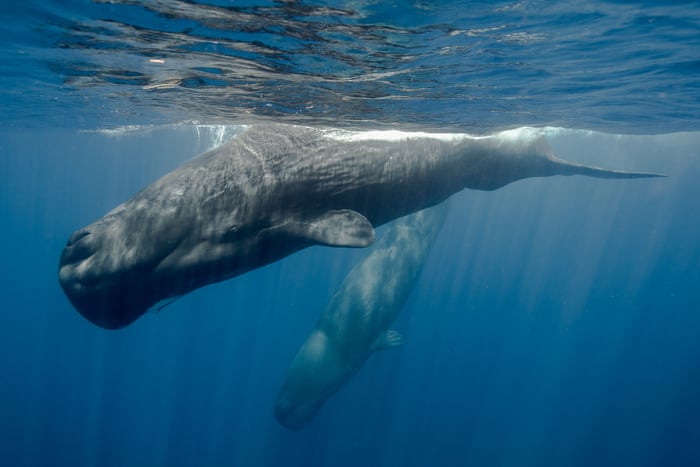
Sperm whales (Physter macrocephalus) may be huge, but they’re difficult to see, spending 90% of their lives in the deep. As vision is useless, they use sonar clicks to locate squid. The sound is amplified by oil in their heads known as spermaceti (once believed to be the animal’s semen, hence its common name) which has bio-acoustical properties. The result is the loudest animal noise in nature, able to stun or kill prey. But the clicks are also modulated for communication, in sequences known as codas. Audible over many miles, the sequences vary from one “clan” to another, like human dialects. Diving with the whales, I’ve often felt, rather heard, this deep interconnection – a sonic whale-wide web.
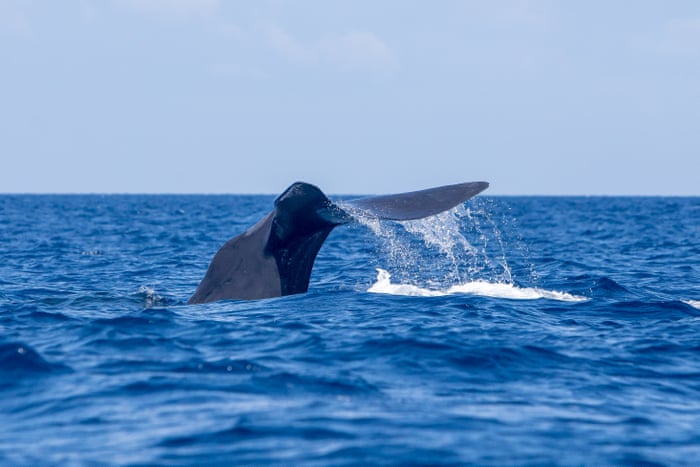
Last year I dove with a super-pod of 150 sperm whales here, many in mating mode. I watched a pair of whales swim belly-to-belly under our tiny fishing boat, so engaged in their coupling that they appeared blissfully unperturbed by the humans hanging a few feet over them. The young whale in the middle of this photograph is evacuating her bowels – not a great moment to be swimming behind a whale, as I discovered to our cost.
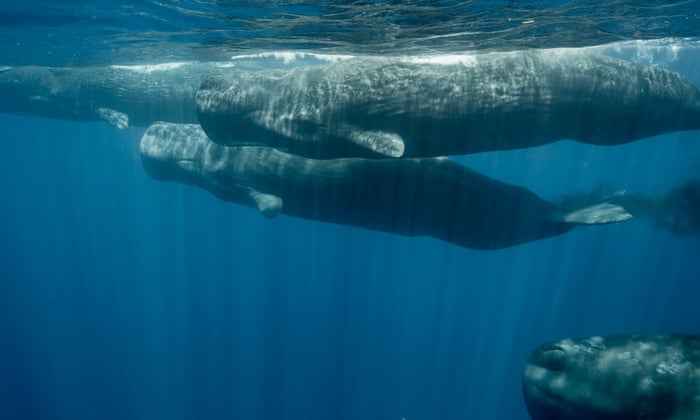
With eyes set either side of their heads, sperm whales have to turn upside-down, like this female, for a 3D view of us. But she may also be “presenting” herself, advertising her willingness to mate. The Sri Lankan gathering is a cetacean “spring break”. But it’s also a positive indication of the relative health of the global sperm whale population, estimated at 360,000, according to the scientist, Hal Whitehead.

Sperm whales began to evolve 25 million years ago; they now possess the biggest brains on the planet. They are defined by matriarchal culture, passed on from mother to calf; learned, rather than instinctive behaviour. Like other toothed whales, sperm whales act as “collective individuals”. Their loyalty can have tragic consequences, as the recent stranding of pilot whales in Australia shows.
Sperm whales strand too, but are too large to be rescued and are often euthanized to end their suffering.
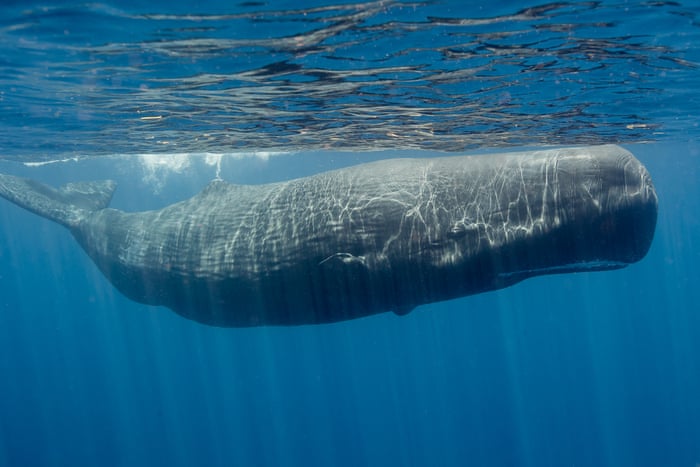
We see these creatures through an anthropomorphic lens; as a landbound species, that’s the way that our culture tries to come to terms with theirs. They are mysterious selves, living in an alien world. Talking to scientists such as Whitehead, Luke Rendell and Shane Gero, I often feel I’m interviewing astronauts who’ve discovered extraterrestrial species. The wonder is the way we treated them. We “harvested” sperm whale oil for lighting, lubrication or cosmetics – the “cold cream” on my mother’s face when I kissed her goodnight contained spermaceti. Now we see the whale as emblem of a threatened planet, as if we were ready to build a new ark.

Placid by nature, sperm whales have no predators, apart from killer whales – and human beings. As the whale-hunters aimed their harpoons at the largest males, the species was genetically reduced in size. Historic sperm whale jawbones suggest animals of 80 or 90 feet in length were once common. We may no longer hunt this species, but we still have drastic effects on them. When 29 sperm whales stranded around the North Sea in 2016, large pieces of plastic were found in their stomachs. Organochlorines and heavy metals such as mercury, lead and chromium add to the toxic mix, as does the amount of sound we pump into the sea.
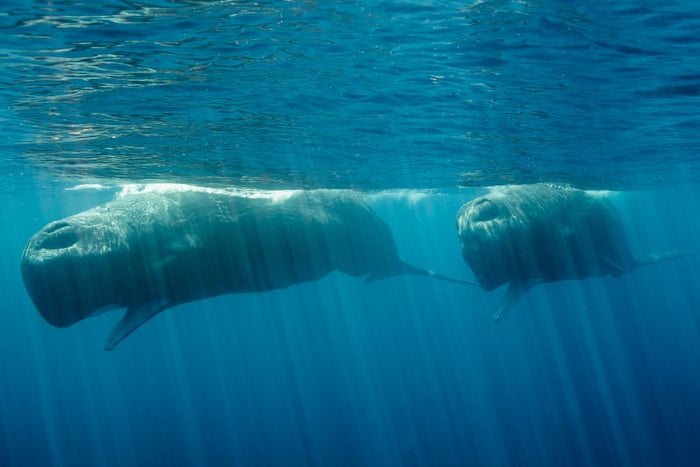

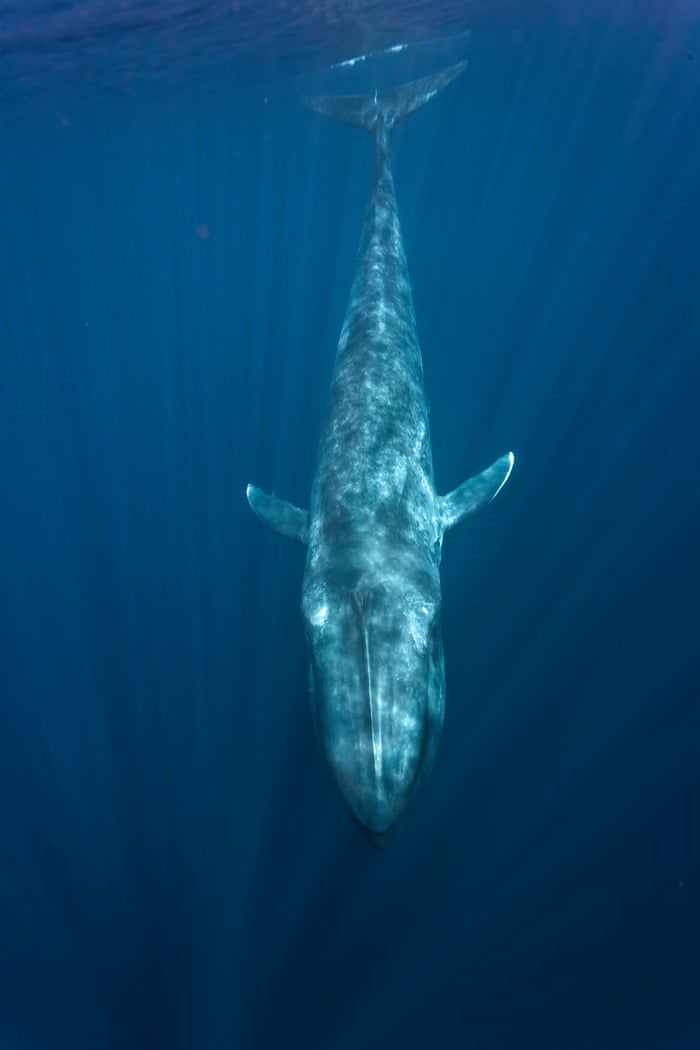
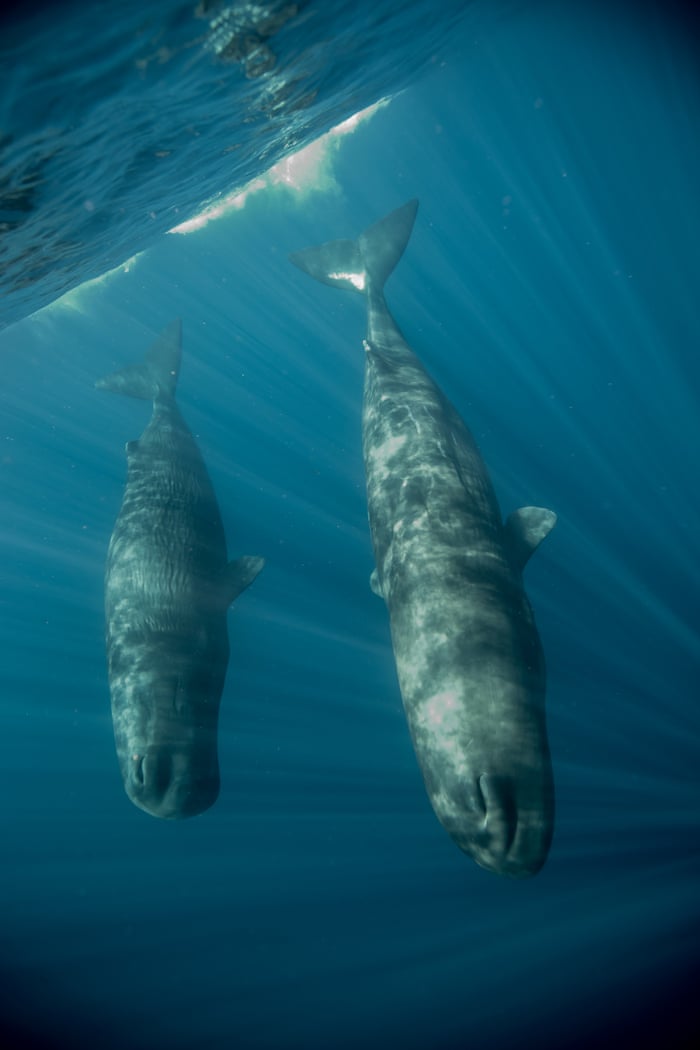
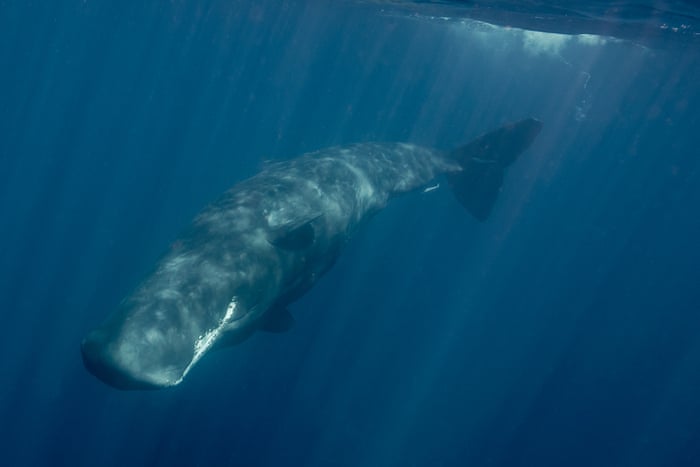
https://ift.tt/2NvFGnE

No comments:
Post a Comment